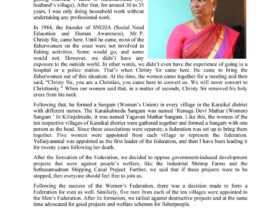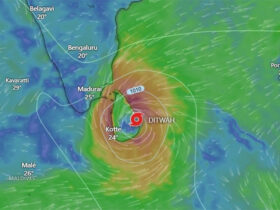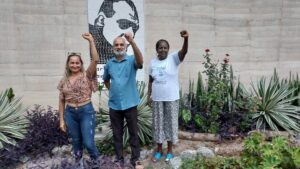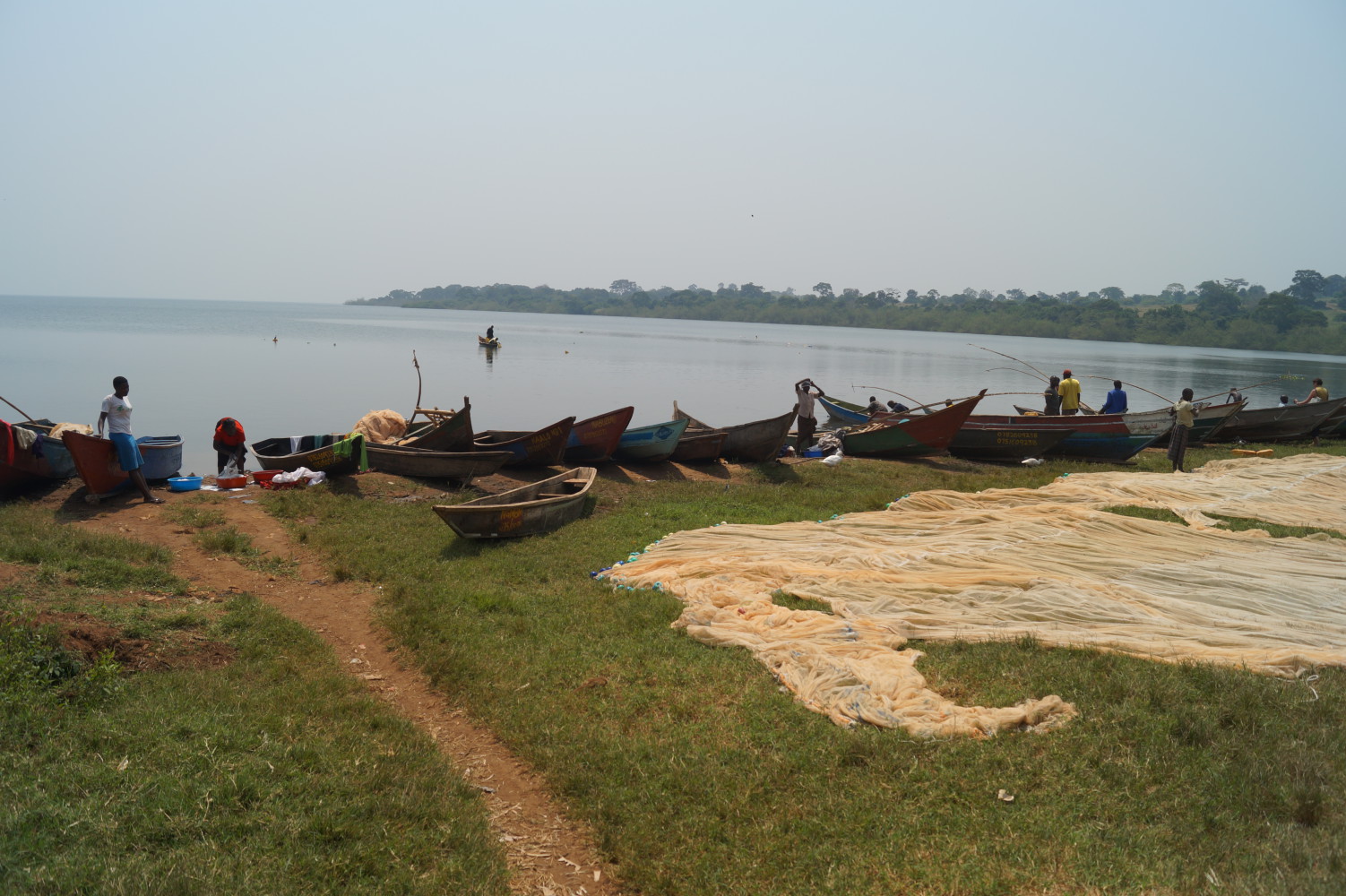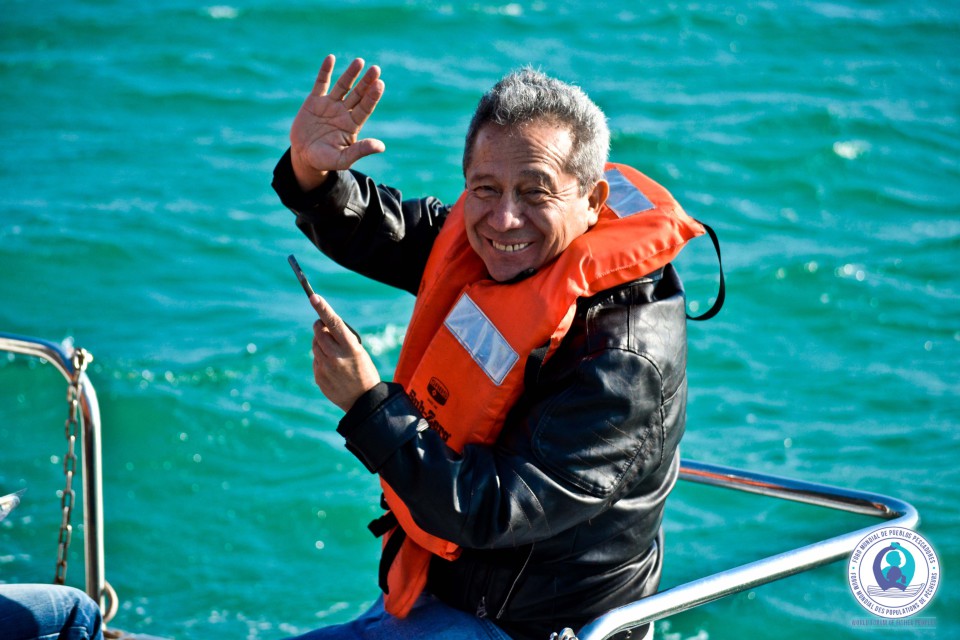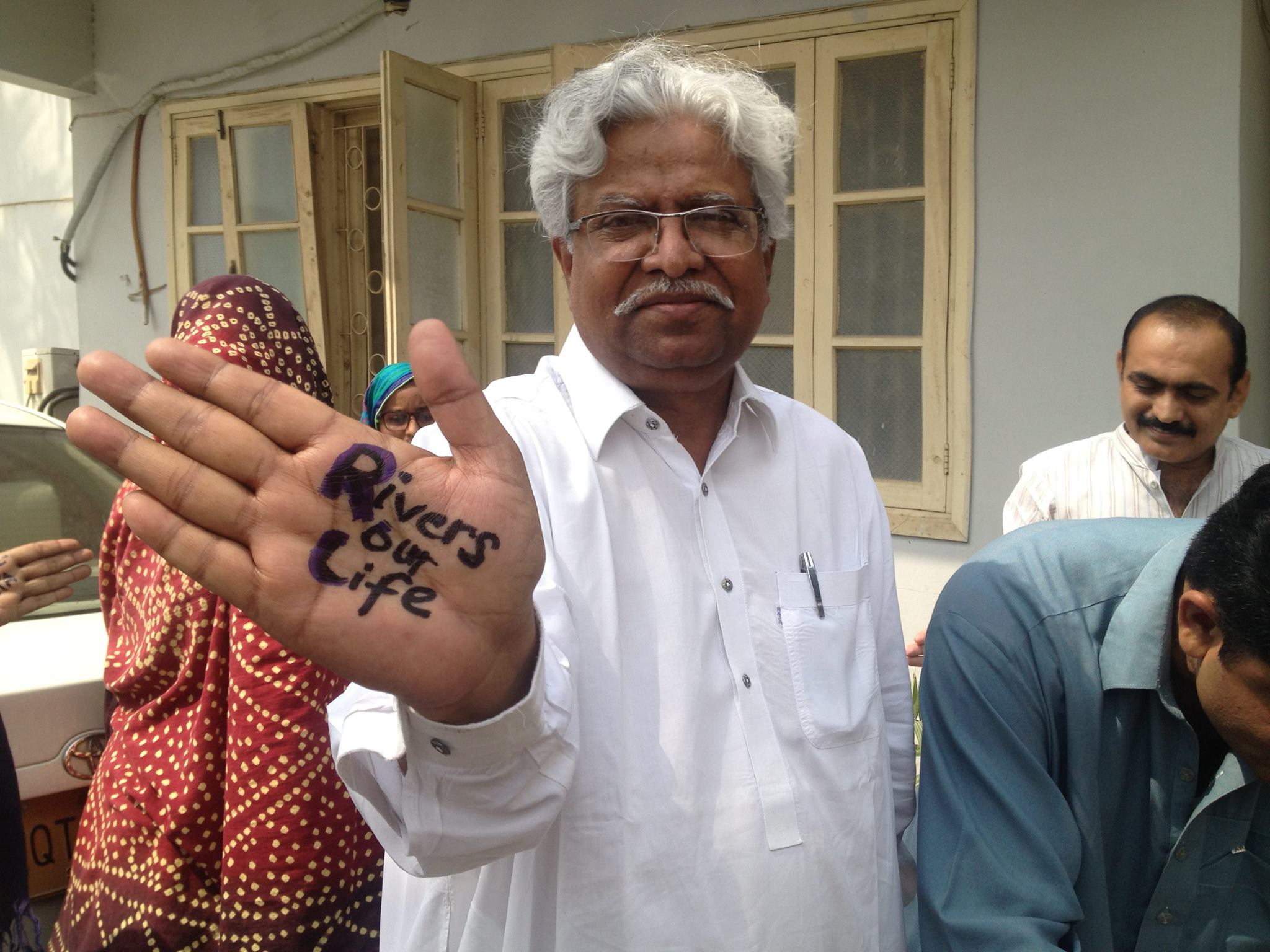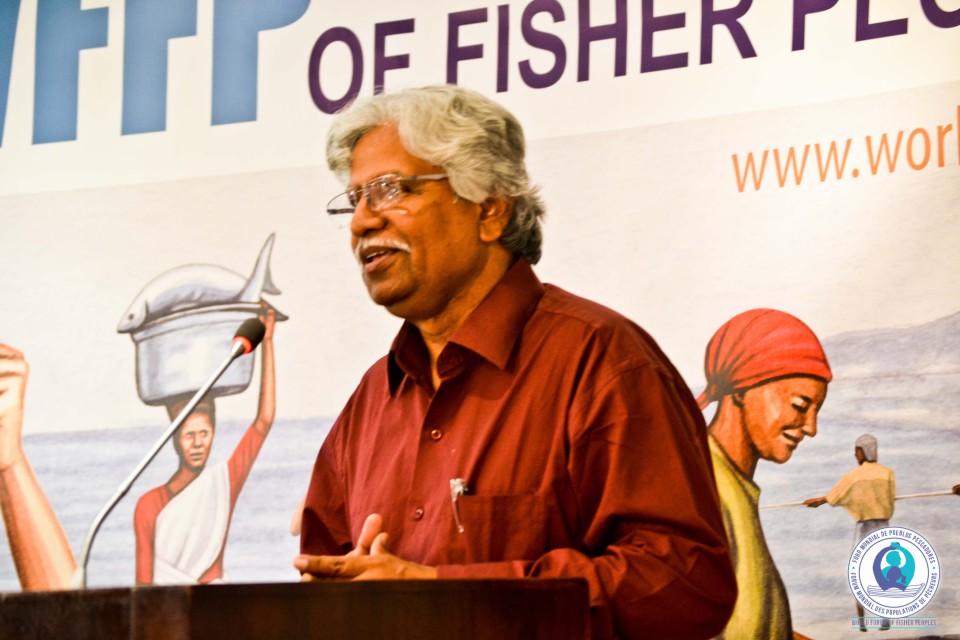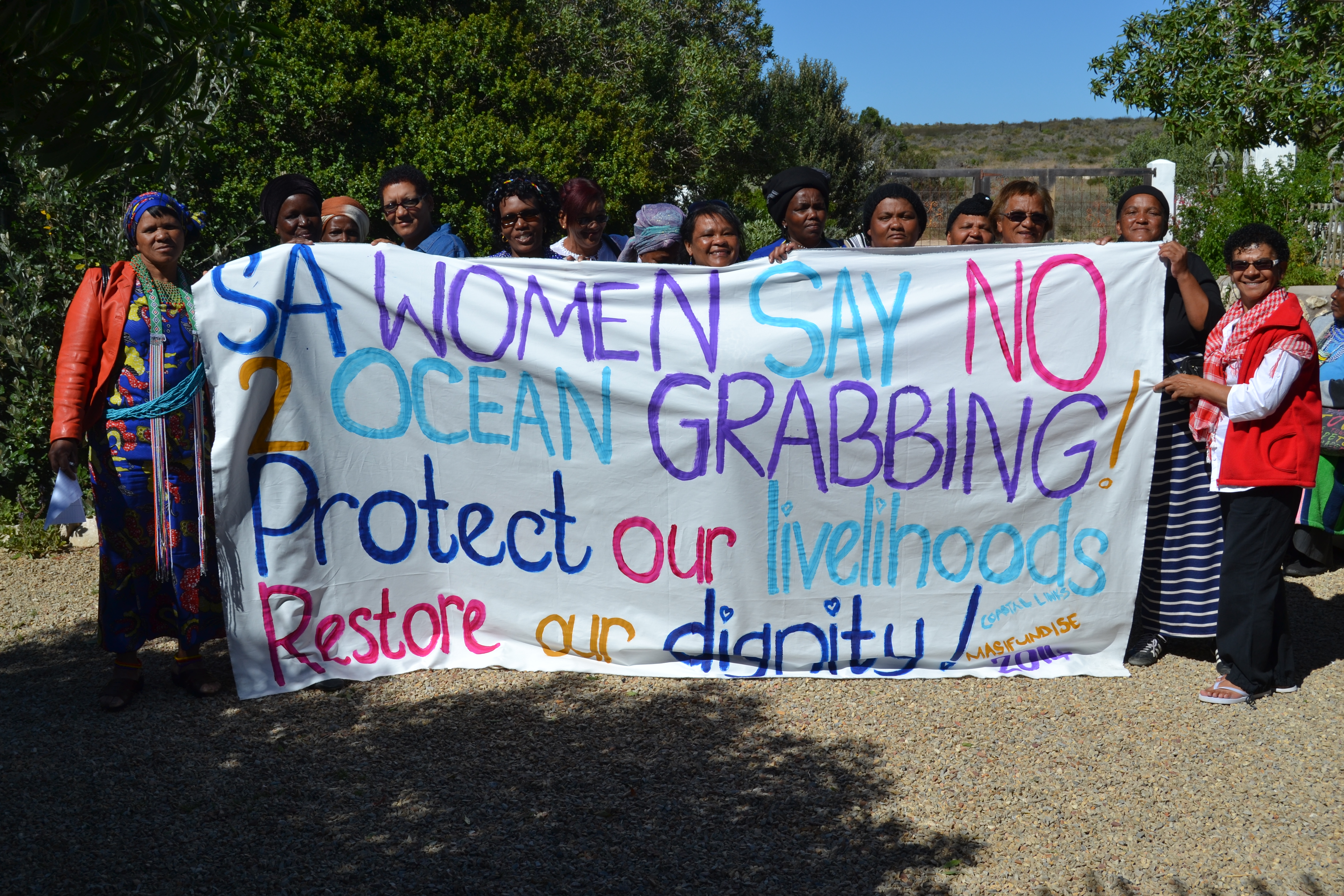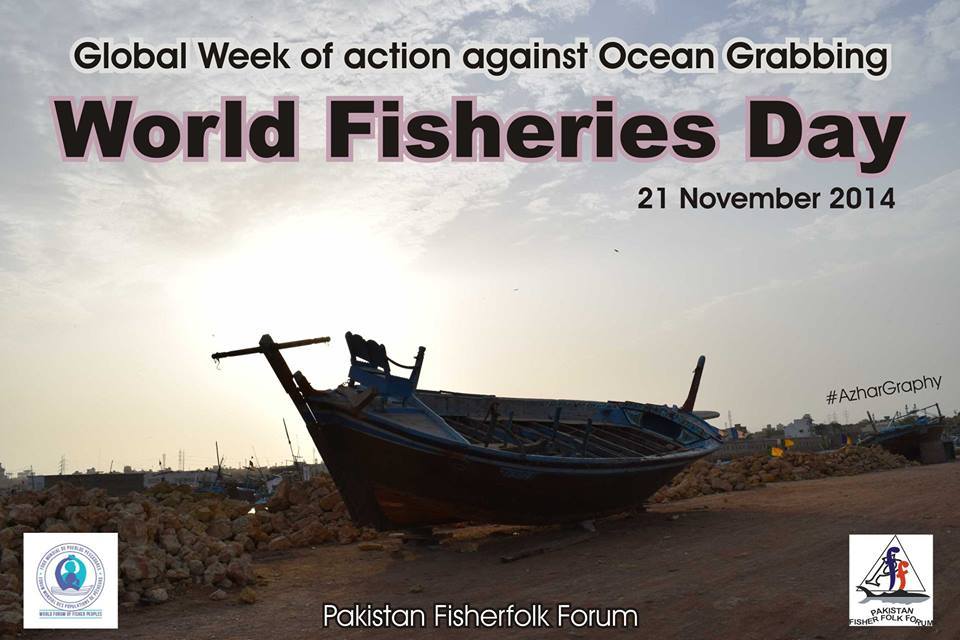World Social Forum, Tunis 23-28 March 2015 Social movements and civil society organizations engaged in the defense of the rights to land and water at the World Social Forum. For four days, the WFFP joined hundreds of activists in the fight against the grabbing of natural resources, including land and fish, and against the systematic violations of the associated human rights. Sharing ...
Tahira Ali Shah (born 1964; † 9 March 2015) The tragic passing of Tahira Ali Shah is an intimate loss of fisher-folk and especially fisher women of Pakistan and across the world. For us, in the WFFP, we mourn her passing. She will be sorely missed. We would like to express our deepest sympathy to you, Muhammed Ali Shah and ...
We are excited to learn that the final version of the Voluntary Guidelines for Securing Sustainable Small-Scale Fisheries in the Context of Food Security and Poverty Eradication (SSF Guidelines) is now available online and in six different languages on the FAO website. Follow these links for English, French and Spanish versions. These Guidelines are the first negotiated international instrument dedicated specifically to small-scale ...
Nyéléni, Mali, 27 February 2015 “We are the owners of agroecology. It is shaped by farmers and other small-scale producers and its sophisticated theoretical and political constructions is what makes agroecology unique and resistant to co-optation by the neo-liberals” says Naseegh Jaffer, General Secretary of the WFFP. See Declaration of the International Forum for Agroecology Global social movements gathered at ...
10 febrero 2015 La lucha contra el acaparamiento de océanos concierne a los pescadores de todo el mundo. En solidaridad con los pescadores hondureños y los miembros de WFFP en Honduras, WFFP ha instado al presidente y a los diputados del Congreso a que cumplan con sus obligaciones internacionales. Lea la carta abierta al presidente. Honduras es miembro de las ...
The WFFP urges for better protection of small-scale fishers at the inter-governmental working group of the Human Rights Council on the rights of peasants, fishers and other people working in rural areas. Since the global food crisis of 2008, the UN Special Rapporteur on the right to food, Olivier De Schutter, has emphasized that peasants and other people working in ...
10 February, 2015 The struggle against Ocean Grabbing is a struggle of all fisher peoples across the world. In solidarity with the Honduran fishers and the Honduran WFFP members, the WFFP has urgently alerted the president and the members of the national congress to adhere to their international obligations. Read open letter to the president Honduras, as a member of the United ...
“My plea is simple — to reject the commodification of nature. Land grabs were the start of market-led colonisation; now it’s the turn of water, including oceans. The natural commons, on which depend livelihoods of tens of millions, should not be allowed to become hostage to market greed and predatory states.” These were the opening words on Mr. Muhammad ...
This world fisheries Day Masifundise Development Trust and Coastal Links embarked on a national gender workshop to brainstorm how ocean grabbing affects women in South Africa and how women can resist. Women from all four coastal provinces in South Africa met in Patenoster on the West Coast of South Africa. The workshop kicked off with presentations on ocean grabbing globallyand its ...
The Pakistan Fisherfolk Forum (PFF) took to the streets this November to raise awareness about ocean grabbing and to promote the implementation of the voluntary guidelines for small scale fisheries. Quoting the PFF “World Fisheries day is celebrated every year on November 21 throughout the world by fisherfolk communities. Fishing communities worldwide celebrate this day through rallies, workshops, public meetings, cultural ...


